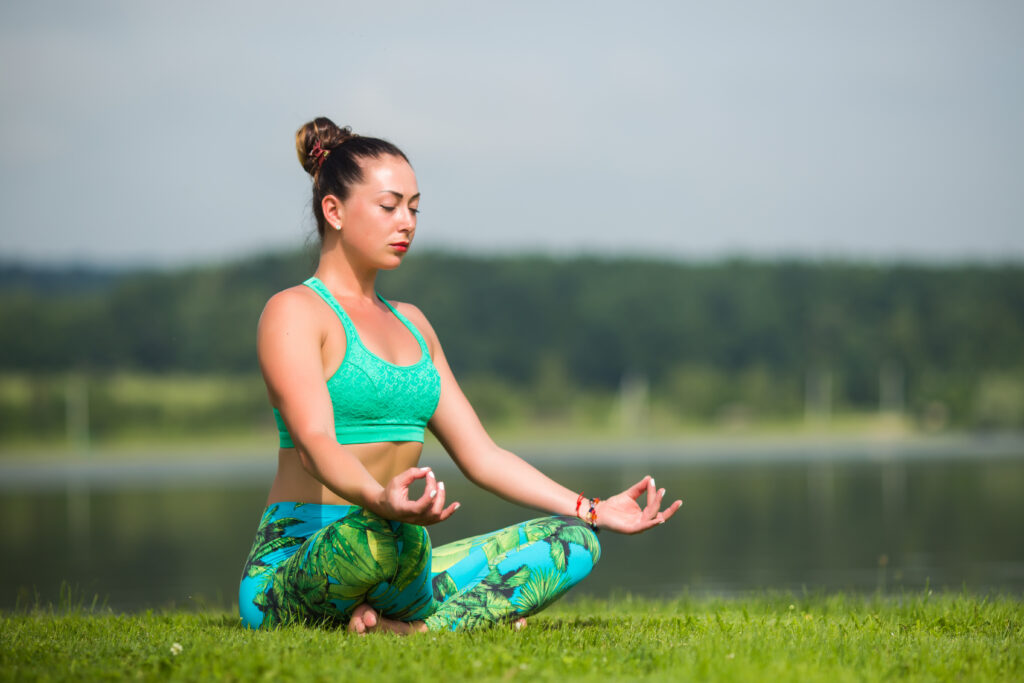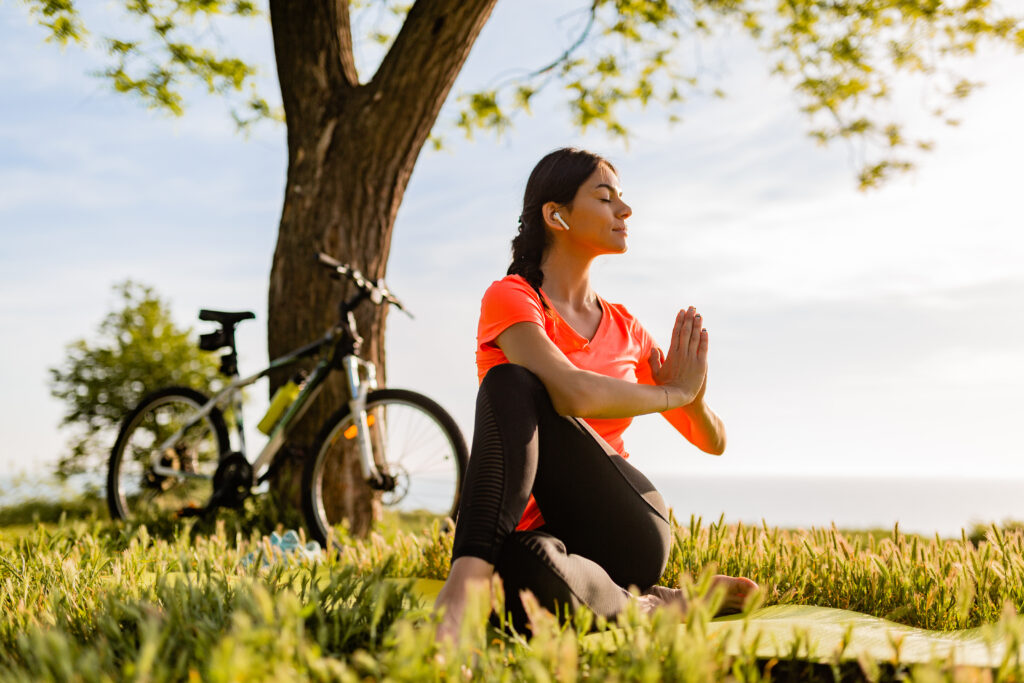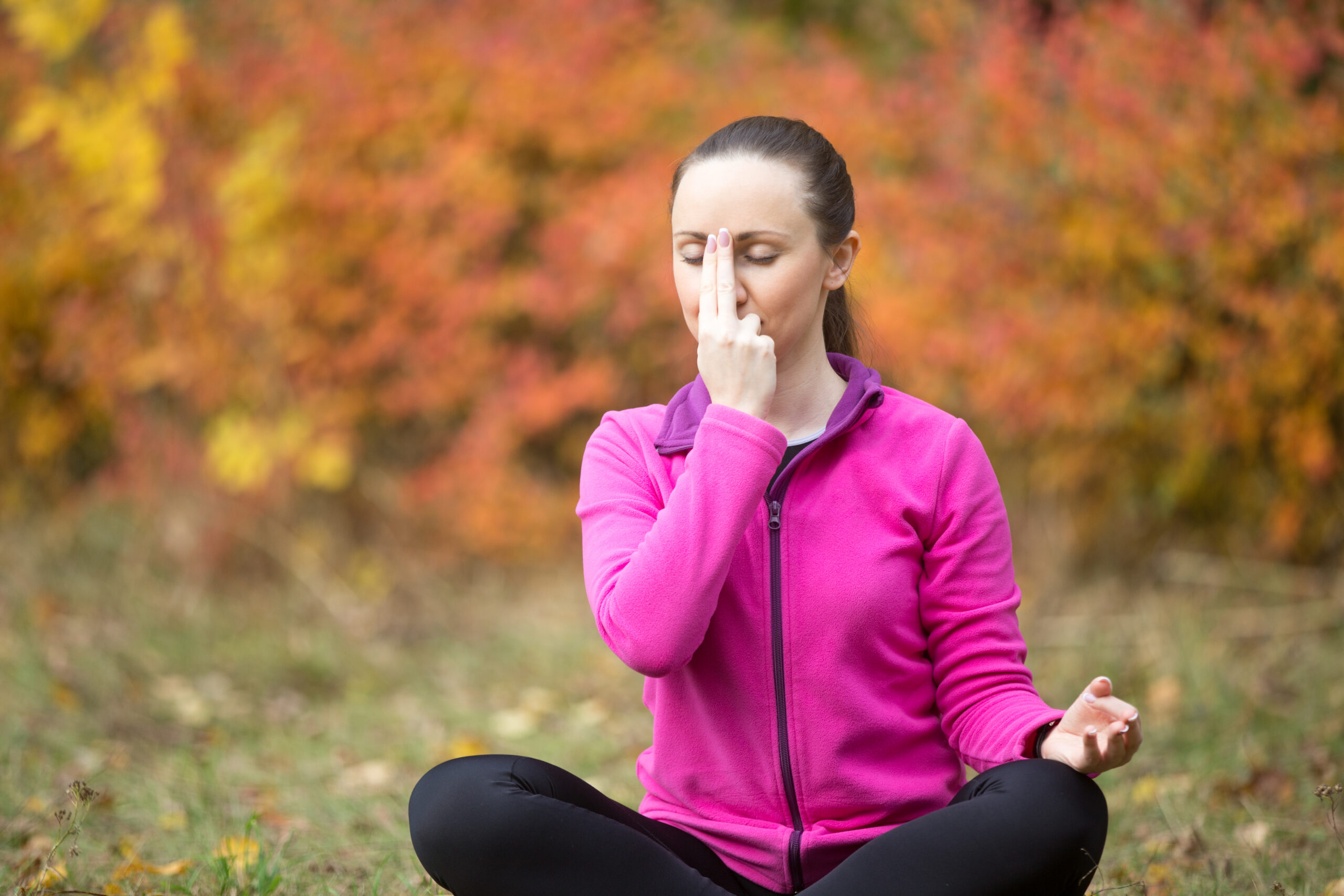Here we are going to share information on the topic “6 Exercise for good lungs health.” Breathing is the first action we take after birth! Every cell in the body receives oxygen from breathing, which is expelled from the lungs along with waste carbon dioxide. But we typically take our ability to breathe and use our lungs for granted. The COVID-19 pandemic reminds us that we often take our lungs for granted until we have breathing difficulties.
The total volume and capacity of air in your lungs during inspiration and expiration is known as lung capacity. Our lung function and capacity deteriorate with age. It can be exacerbated by smoking, pollution, and other medical conditions like asthma or chronic obstructive pulmonary disease (COPD).
Even though a person’s lungs are limited in their capacity to hold oxygen, lung exercises can help your lungs become more adept at controlling oxygen levels and airflow. These are some simple workouts that will help you maintain the health and functionality of your lungs.

6 Exercise for good lungs health
1. Lip-purstained breathing
Exercise with your lips pursed is simple and may be done at any time or place. By keeping your airway open for a longer period of time, this exercise helps air enter and exit your lungs. These enhance the exchange of carbon dioxide and oxygen in the lungs and facilitate their simpler functioning. People who don’t use their breathing muscles frequently or who are less physically active may benefit from this practice. How to practice pursed-lip breathing:
- Maintain a straight posture, as this encourages healthy lung motion.
- Breathe in slowly through your nose.
- Make a pouting gesture with your pursed lips.
- With your lips pressed together, exhale slowly.
- Repeat
2. Belly breathing, or diaphragmatic breathing
One of the best exercises for using the diaphragm, a dome-shaped sheet of muscles located between the chest and abdomen, is diaphragmatic breathing. Since the stomach rises and falls with each breath, it is often referred to as “belly breathing.” Although it should be our primary breathing, many of us get into the habit of utilizing our back and neck muscles to restrict the quantity of air that may enter and exit our lungs.
To develop diaphragmatic breathing, follow these steps:
- Straighten your spine and take a deep breath.
- Gently place your hands on your abdomen.
- As you take a breath through your nose, make sure your chest stays stable and your stomach is expanding outward.
- Your stomach should turn inward as you slowly exhale for two seconds.
- Repeat.
3. Stretching the ribs
The name “rib stretch” pretty much sums it up: extend your ribs, which move with every breath.
- Maintain an erect posture with your hands resting on your hips.
- Breathe in slowly until your lungs are full.
- For 20 seconds, or for as long as seems comfortable, hold your breath.
- Breathe out slowly.
- Repeat.
4. Smiling while yawning
This exercise strengthens the muscles in your chest and allows your diaphragm to expand.
- On the edge of your chair or bed, sit up straight.
- Raise your arms above your head.
- To yawn, make a wide stretch.
- Finally, extend your arms and give a three-second smile.
- Repeat.
5. Laughing
The lungs are worked by any exercise that affects the abdominal muscles. You can expand your lung capacity by humming. Additionally, it pushes old air out of the lungs to make room for more fresh air. It helps the patient stay in the repair state and lessens stress.
6. Lion or Simhasan pose
It’s an unusual stance where you have to utter a sound. Simhasana produces a sound that is similar to a lion roaring.
- Your knees should be as far apart as is comfortable, and your toes should be in contact with one another.
- Lean the body forward a little bit. Right between your knees, place the palms of your hands on the ground.
- Bend your head back and slightly arch your back.
- As much as you can, open your mouth and extend your tongue outward toward your chin.
- A “aah” sound should emerge from your throat when you release the breath.
- Exhale, then close your mouth and take a breath.
- With your body in its final posture, relax.
Advantages of breathing techniques
- They ease your body’s tension.
- They increase the level of oxygenation.
- Aids in boosting energy and lowering stress
- They cleanse your body.
- It lowers your cortisol levels, which helps you relax (cortisol is a stress hormone)
- It lowers your heart rate, which also helps you feel less stressed.
- Lowers blood pressure, which is advantageous for people who have both diabetes and high blood pressure.
- Strengthens the core muscles, particularly with breathing exercises that incorporate stretches
- Enhances breathing so that you can eventually handle demanding exercise regimens
- Enhances lung elasticity, which is beneficial for people with COPD, asthma, and other lung conditions.
- Long-term lung capacity and diaphragm strength can be enhanced by regular breathing exercises.
Our breathing technique
The primary mechanism that regulates breathing is the diaphragm, a collection of muscles that are joined to the base of your lungs. It drives air into your lungs when it contracts, together with the other muscles in your ribs and lungs. Your normal breathing mechanism might be harmed by breathing using your shoulders and neck muscles.
Even though lung workouts are always beneficial to your health, you should always speak with your doctor before beginning an exercise program if you have a chronic lung illness. Remember, if you have ongoing medical issues, you must pay attention to your body. For the best benefits, you must also practice these exercises on a daily basis.
Frequently Asked Questions
6 Exercise for good lungs health
Which kind of exercise is best for your lungs?
Answer: Walking, running, and jumping rope are examples of aerobic exercises that provide your heart and lungs with the type of exercise they require to operate at their best. Exercises that develop your muscles, such as Pilates or weightlifting, improve your posture and tone your breathing muscles.
How can I strengthen my lungs?
Answer: However, there are steps you can take to maintain and even expand your lung capacity.
- Give up smoking (and stay away from secondhand smoke).
- Engage in regular exercise.
- Continue to hydrate yourself and eat a balanced diet.
- Get examined annually.
- Maintain current immunizations.
- Steer clear of outdoor air pollution.
- Boost the quality of the air inside.
Does exercise aid in lung clearing?
Answer: Engaging in physical activity can be an effective strategy for removing mucus from your lungs. Exercise that causes you to breathe more rapidly and deeply will loosen your sputum and force it through your lungs and into your mouth. Utilizing an airway clearance technique and remaining proactive are crucial.
What signs of weak lungs are present?
Answer:
- The most typical early warning sign is dyspnea.
- Sputum, often known as mucus or phlegm, coughs up mucus, wheezing, or tightness in the chest.
- exhaustion or weariness.
- persistent lung infections, such as pneumonia or severe bronchitis.
What foods support healthy lungs?
Answer: Good: Foods High in Fiber
All of them include a lot of fiber, which is excellent for your lungs. Studies indicate that those with higher fiber intakes have more functional lungs compared to those with lower fiber intakes. Whole-wheat spaghetti, baked beans, chia seeds, quinoa, pears, and broccoli are some additional foods high in fiber.
Are weak lungs able to recover?
Answer: You cannot increase your lung function; it is fixed. You can, however, take specific actions to expand your lung capacity. This will lessen the strain of respiratory and pulmonary problems and enable your body to use oxygen more efficiently.
Which fruit has the healthiest lungs?
Answer: Research has also connected a few certain nutrients to better lungs. Fruits with strong antioxidant content, such as tomatoes and apples, have been shown in a study to support lung function. Similarly, eating foods high in fiber, such as beans and lentils, has also been connected to improved lung health.
Conclusion
6 Exercise for good lungs health
In summary, including a range of exercises in your regimen can significantly improve lung health. Every type of exercise improves lung capacity, efficiency, and general respiratory function, from strength-training exercises like weightlifting, yoga, and swimming to aerobic activities like brisk walking and cycling. Furthermore, by encouraging relaxation and lowering stress, deep breathing exercises and mindfulness practices can help promote lung health even more. People who adopt a well-rounded approach to physical activity can improve their quality of life and lung health.

So, this is how the topic “6 Exercise for good lungs health” has been addressed.
For more information related to these topics,
You may also visit our Instagram page by
Thank you!

